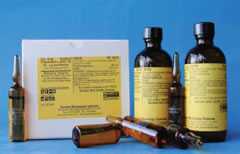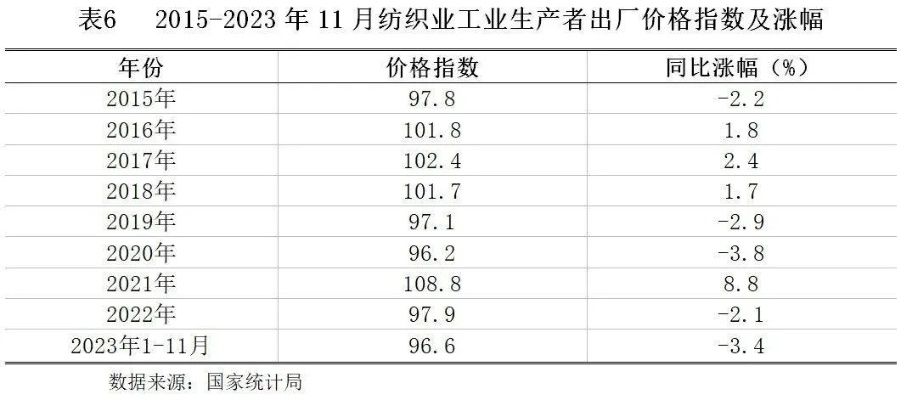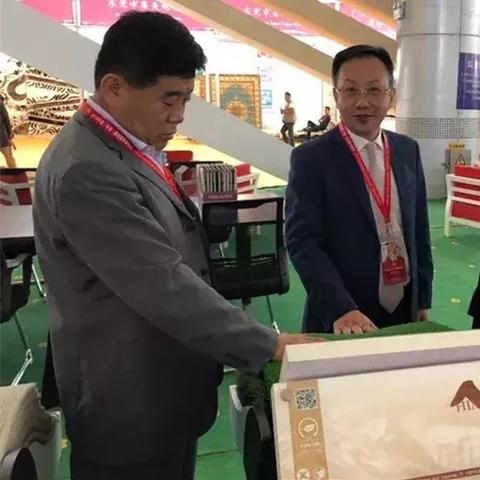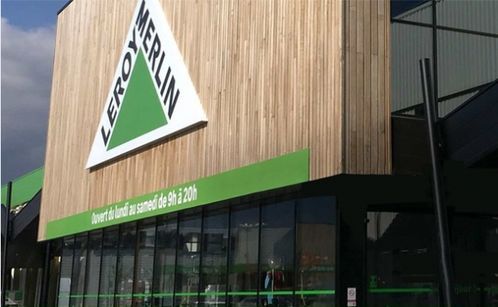Correcting High Formaldehyde Levels in Textiles
: "Correcting High Formaldehyde Levels in Textiles",Abstract:,In recent years, concerns about the environmental impact of textile manufacturing have increased. One major concern is the high levels of formaldehyde found in many textile products, which can cause health problems for consumers and contribute to pollution. This paper discusses the methods used to reduce the levels of formaldehyde in textiles, including the use of natural fibers, biodegradable materials, and low-formaldehyde finishing processes. The study also highlights the importance of implementing effective regulations and standards to ensure that textiles meet environmental sustainability requirements. Overall, reducing the levels of formaldehyde in textiles is crucial for protecting human health and the environment.
Introduction: Textile materials are essential components of our daily lives, from clothing to upholstery. However, the production process can sometimes lead to the release of harmful chemicals like formaldehyde, which can have severe health effects if not controlled. This guide will outline the steps you can take to address high levels of formaldehyde in textiles and ensure that they are safe for use.
Formaldehyde Exposure Risks: Formaldehyde is a colorless, pungent-smelling gas that is widely used as a preservative in various products, including furniture, upholstery, and carpets. It is also found in some fabric dyes and finishing agents. While formaldehyde is necessary for certain applications, excessive exposure can cause respiratory problems, eye irritation, and even cancer. In children, it has been linked to learning difficulties and behavioral issues.

Causes of Formaldehyde Exposure: The primary sources of formaldehyde in textiles are the manufacturing processes involved in their production. Chemical reactions during the dyeing, printing, and finishing stages can release formaldehyde into the air or onto the fabric itself. Additionally, improper storage and handling of finished products can lead to the release of formaldehyde.
How to Identify High Formaldehyde Levels: To determine whether a textile product contains high levels of formaldehyde, you can follow these steps:
- Check the label: Look for warnings about formaldehyde emissions on the packaging. If there are any, it's a good indicator that the product may be high in formaldehyde.
- Smell the fabric: Formaldehyde has a distinctive odor. If you notice a strong smell when inspecting the fabric, it could be a sign of high levels.
- Test the fabric: Use a formaldehyde test kit or contact a professional laboratory to analyze the fabric for formaldehyde levels.
Preventive Measures: To prevent formaldehyde exposure in textiles, manufacturers can implement several measures:
- Use low-formaldehyde finishes: Choose products with natural ingredients or those labeled as "low-formaldehyde" to reduce the amount of formaldehyde released during manufacturing.
- Ensure proper ventilation: Properly ventilating the manufacturing and storage areas can help minimize the buildup of formaldehyde in the air.
- Regular maintenance: Regular cleaning and inspection of equipment can help detect and fix any issues that contribute to formaldehyde emissions.
- Employee training: Employees should be educated about the risks of formaldehyde exposure and how to identify and report cases of high levels.
Case Study: One example of a company that successfully addressed high formaldehyde levels in their textile products is Pima Clothing Co. They implemented a multifaceted approach to reduce formaldehyde emissions during the manufacturing process. The company used eco-friendly dyes and finishes, installed exhaust fans to remove fumes, and conducted regular employee training on formaldehyde awareness. As a result, Pima reported a 90% reduction in formaldehyde emissions compared to previous years.
Conclusion: High levels of formaldehyde in textiles can pose serious health risks, especially for vulnerable populations such as children and pregnant women. By following this guide and implementing preventive measures, you can significantly reduce your exposure to formaldehyde and protect yourself and your loved ones. Remember, prevention is always better than cure, so take action today to ensure a safer environment for everyone.
大家好,今天我们来聊聊关于纺织品甲醛超标的问题,甲醛是一种常见的化学物质,用于纺织品生产中的防皱、防缩和增加弹性等作用,如果纺织品甲醛超标,会给我们的生活带来很多不便,下面我们将详细介绍处理甲醛超标纺织品的步骤和方法。
甲醛超标现象及危害
纺织品甲醛超标主要表现在产品检测报告显示甲醛含量超标,甲醛是一种有害化学物质,长期接触可能对人体健康造成损害,包括呼吸道不适、过敏反应等,甲醛超标还可能影响纺织品的质量和寿命。
处理方法
检测与评估
应对纺织品进行检测,确定甲醛含量是否超标,这可以通过专业的检测机构进行,获取准确的检测报告,了解甲醛超标的程度和原因,以便后续的处理策略制定。
源头控制与预防
对于源头控制,应严格控制纺织品生产过程中的环保标准,确保原材料的质量和安全,采用环保生产工艺,减少有害物质的产生,加强质量监管,确保生产过程中的每一步都符合标准。
治理与修复
对于已经出现甲醛超标的纺织品,可以采取以下治理和修复措施:
(1)使用环保材料替代有害材料,使用无毒、低甲醛的纤维材料替代有毒的化学纤维材料。
(2)使用甲醛清除剂进行处理,市面上有很多专业的甲醛清除剂可以用于处理纺织品中的甲醛,使用前应仔细阅读产品说明书,按照说明进行操作。
(3)寻求专业机构的帮助,如果纺织品问题较为严重,可能需要寻求专业的清洗和修复服务,这些机构通常具有丰富的经验和专业的技术,能够有效地处理纺织品中的甲醛问题。
案例分析
下面是一个具体的案例分析:
假设某品牌的一款纺织品在检测中发现甲醛含量超标,为了解决这个问题,该品牌采取了以下措施:严格控制原材料的质量和安全;采用环保生产工艺;加强质量监管,确保生产过程中的每一步都符合标准;使用专业的甲醛清除剂进行处理,经过处理后,该纺织品的问题得到了有效解决,消费者对处理效果非常满意。
注意事项
在处理纺织品甲醛超标问题时,需要注意以下几点:
- 检测与评估要准确可靠,确保处理措施的有效性。
- 源头控制与预防要严格遵守环保标准和生产规范。
- 处理过程中要遵循专业知识和操作规范,确保处理效果和安全性。
- 对于消费者来说,购买纺织品时要选择正规品牌和渠道,确保产品的质量和安全性。
纺织品甲醛超标是一个比较常见的问题,但只要我们采取有效的处理措施,就可以有效地解决这个问题,在处理过程中,我们需要严格遵守环保标准和生产规范,确保处理效果和安全性,我们也需要加强消费者教育,提高消费者的环保意识和质量意识,希望以上内容能够帮助大家更好地了解纺织品甲醛超标的问题和处理方法。
Articles related to the knowledge points of this article:



